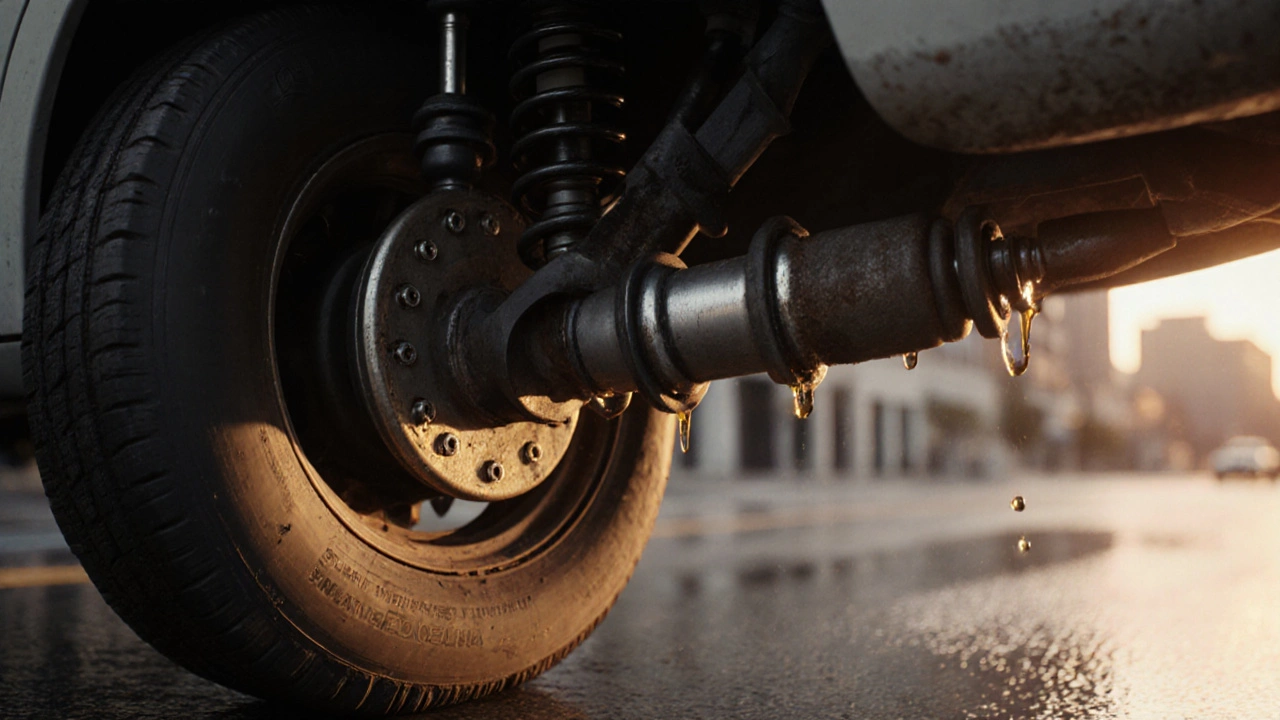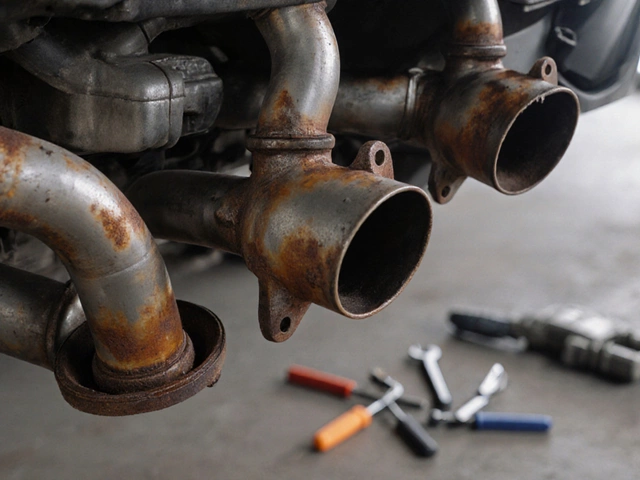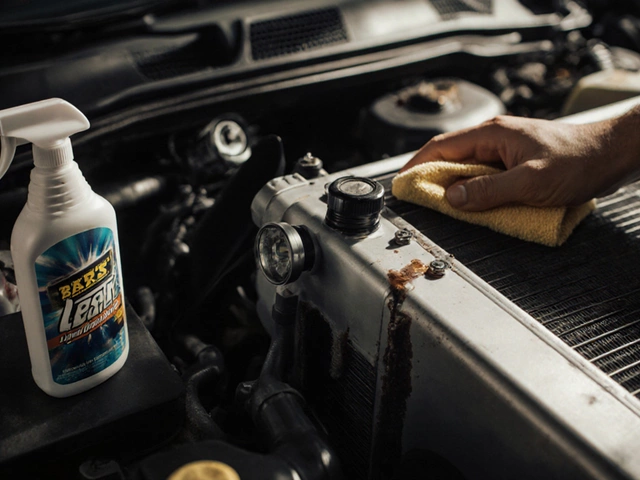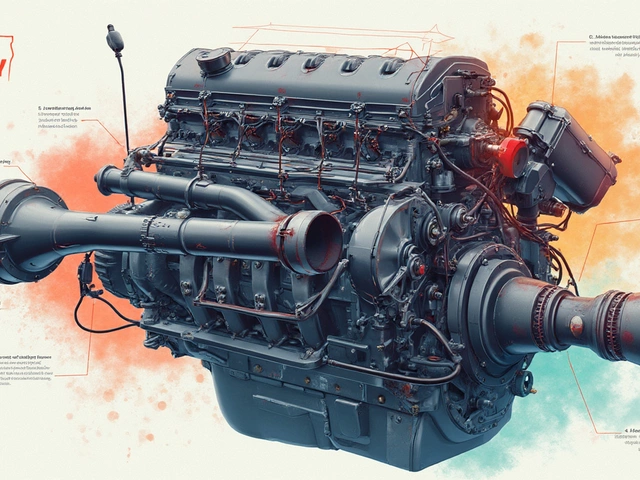Vehicle Handling
When working with vehicle handling, the way a car responds to driver inputs, road conditions, and speed. Also known as driving dynamics, it covers everything from cornering stability to braking confidence. A solid grasp of suspension, the system of springs, shocks and linkages that controls wheel movement is essential because vehicle handling encompasses suspension performance, ride comfort, and how the car stays planted in turns. Equally important is the brake system, the combination of pads, rotors, calipers and fluid that slows the vehicle; vehicle handling requires a balanced brake system to translate driver intent into safe deceleration. The steering, the rack‑and‑pinion or steering box that turns the wheels based on the wheel you turn also influences handling, as steering geometry determines feedback and precision. Finally, tires, the rubber contact patches that grip the road dictate how much grip you get, making tire choice a direct factor in vehicle handling performance.
Key Aspects of Vehicle Handling
First up, suspension type matters. The most common setup – the MacPherson strut – dominates everyday cars because it offers a good blend of cost, space efficiency, and handling balance. If you’re into sporty driving, a double‑wishbone or multi‑link design can give you more precise camber control, which translates to sharper cornering. But even a basic strut can be tuned with upgraded shocks or sway bars to reduce body roll and keep the tires planted. Next, brake health is non‑negotiable. Worn pads or warped rotors introduce fade and vibration, stealing confidence when you need to stop hard. Regularly checking pad thickness, rotor surface, and fluid condition keeps the brake system in sync with your handling goals. Steering feel is often overlooked, yet rack‑and‑pinion units with adjustable ratios let you dial in the amount of steering effort versus turn radius. A well‑aligned steering rack eliminates bump steer and ensures the wheels track where you want them, preserving the vehicle's intended handling characteristics.
Tires complete the picture. Seasonal compounds, tread pattern, and sidewall stiffness all affect grip, especially during braking and cornering. Summer tires give the best dry‑road performance, while all‑season tires sacrifice a bit of grip for year‑round convenience. When you match tire pressure to the manufacturer's recommendation, you avoid uneven wear that can throw off handling balance. In addition, wheel size and offset influence the car's unsprung weight and roll center, subtly shifting how the suspension reacts. If you upgrade to lightweight alloy wheels, you reduce unsprung mass, which often results in quicker steering response and less tire deflection.
Understanding how these pieces fit together lets you diagnose handling issues faster. Notice a loose feel in corners? Check suspension bushings and sway bar connections. Vibration under hard braking? Inspect brake pads, rotors, and caliper pins. Pulling to one side when you let go of the wheel? It could be an alignment problem or uneven tire pressure. Below you’ll find a curated collection of articles that walk you through oil changes, exhaust choices, HVAC filters, and a host of other topics—all tied back to keeping your vehicle handling sharp and reliable. Dive in to get the practical tips, checklists, and step‑by‑step guides you need to make every drive feel controlled and confident.

Most Common Suspension System Problem: Worn Shock Absorbers Explained
Discover why worn shock absorbers are the most common suspension problem, how to spot the signs, and step-by-step repair tips for smoother handling.
CONTINUE READING







